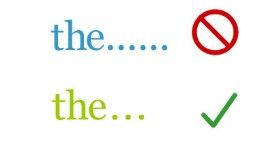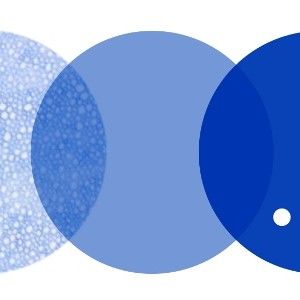ellipsis
 Just what is an ellipsis? Read on, and you will see it is a fancy name for something you see lots, namely THOSE 3 DOTS at the end of a sentence.
Just what is an ellipsis? Read on, and you will see it is a fancy name for something you see lots, namely THOSE 3 DOTS at the end of a sentence.
Here is a dictionary definition:
ellipsis
noun
- the act of leaving out one or more words that are not necessary for a phrase to be understood
- a sign (such as …) used in printed text to show that words have been left out
- the omission of one or more words that are obviously understood but that must be supplied to make a construction grammatically complete
- a sudden leap from one topic to another
- marks or a mark (as …) indicating an omission (as of words) or a pause
An ellipsis is a set of three periods ( . . . ) with a single space on either side, except when adjacent to a quotation mark, in which case there should be no space. The most used type of an ellipsis is a row of three periods (. . .), but there are other grammatical purposes for which it is used.
examples of ellipsis use
 In informal writing, an ellipsis can be used to represent a trailing off of thought: “If only she had . . . Oh, it doesn’t matter now.”
In informal writing, an ellipsis can be used to represent a trailing off of thought: “If only she had . . . Oh, it doesn’t matter now.”- An ellipsis can also indicate hesitation, though in this case the punctuation is more accurately described as suspension point: “I wasn’t really . . . well, what I mean . . . see, the thing is . . . I didn’t mean it.”
- Ellipses are most useful when working with quoted material. There are various methods of deploying ellipses; the one described here is acceptable for most professional and scholarly work.
- When a quotation is presented as a single sentence made up of material from two or more original sentences, ellipses should be used for all omitted segments: “Thoreau believes that “if one advances confidently in the direction of his dreams, and endeavors to live the life which he has imagined, . . . he will live with the license of a higher order of beings.”
Like the exclamation point, the ellipsis is at risk of overuse. Use it for the purposes described above, but otherwise do not use the ellipsis too much!
Recommended Posts



















